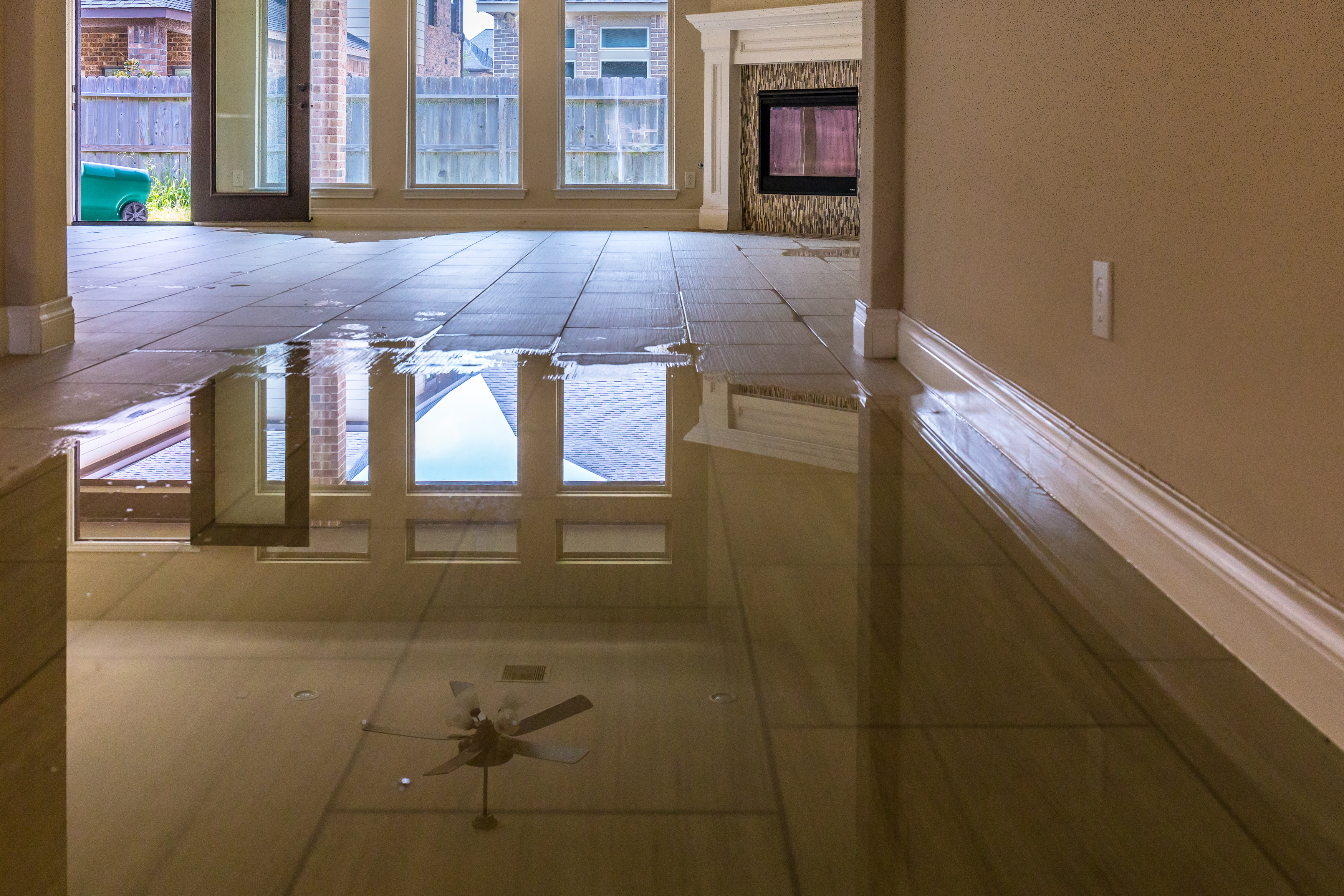We have stumbled on this post pertaining to Preventing Water Damage in the Bathroom listed below on the web and concluded it made sense to write about it with you over here.

The restroom is very at risk for moist build-up and also potential water damage because of the constant use of water in it. This short article uses simple evaluation methods to aid detecting water damage dangers.
The constant use of water in the restroom makes it very at risk for moist accumulation as well as possible water damages. By inspecting it routinely, you can reduce water associated problems.
The adhering to collection of examinations is easy to carry out as well as must be done when in every 3 months in order to maintain your washroom in good shape and to prevent potential water damages triggered by the bath tub, the shower, pipeline joints and also plumbing, sinks, cabinets, and the toilet
Do not neglect carrying out these evaluations as well as be extensive while doing them. Bear in mind that these basic assessments can save you a lot of money by offering early indicators for water damage
Sinks and Cabinets
Sinks and cabinets are exposed to moisture and humidity day-to-day and also are usually ignored. Check on a regular basis under the sink as well as on the countertop above it. Repair any kind of drip in the catch as it may recommend drainpipe troubles. Browse the sink, sluggish draining pipes may indicate an obstructed drainpipe. Replace sink seals if they are broken or loose.
Bath tub and Shower
The shower as well as bathtub need unique interest and also maintenance. Inspect the tiles as well as change if broken. Make certain that there is no missing cement in between the tiles. Check and also replace split caulking at joints where the walls satisfy the flooring or the bathtub. Blocked drains pipes and pipes troubles will stop the bath tub from drying as well as might indicate major issues under the bathtub. Talk to a specialist instantly to avoid architectural damages. Take note of discolorations or soft locations around the bath tub walls as they may suggest an inner leak.
Plumbing
Signs for water damages are tough to spot considering that a lot of pipelines are mounted inside the wall surfaces.
Pay special focus to flooring and also walls moisture as well as stains as they might indicate an undetectable plumbing problem. Examine moisture degrees in adjoining areas as well.
The Bathroom
The toilet is a prone water junction. Inspect the water lines and look for leakages around the bathroom seat, in the tube, and under the water container. If you spot any kind of signs of wetness on the flooring around the bathroom, look for leaks in the toilet edge and also storage tank seals.
Realize that hanging toilet dish antiperspirants enhances the opportunities for clogs.
TIPS TO PREVENT WATER DAMAGE IN THE BATHROOM
The average household uses approximately 80-100 gallons of water per person per day. For a family of 4, that's almost 2,500 gallons of water a week! The largest portion of this consumption comes from bathroom use. Flushing the toilet uses the most water, followed by taking a shower or bath. With that much water running through the home, water damage in the bathroom is bound to happen. Knowing how to spot signs of a water leak is essential to preventing long-term damage. This guide provides you with tips to reduce the impact of water damage on your bathroom.
CAUSES OF BATHROOM WATER DAMAGE
Pipe breaks are the most common cause of water damage we see in our daily jobs. The age of a pipe plays a large role in a pipe break as well as corrosion. Over time, the metal begins to break down, allowing water to escape. Frozen pipe breaks are also a concern in the winter months. Toilet overflows caused by paper products or children flushing inappropriate items. Degraded caulking around the toilet or bathtub can allow water seepage, sometimes behind the fixture, into the subfloor or walls. Condensation forms when the water in a pipe is cooler than the air temperature. Beads of water form on the exterior of the pipes, sometimes so much so that the water begins to drip and pool below. Sink or shower backups created by poor drainage. HOW TO PREVENT WATER DAMAGE IN YOUR BATHROOM
Inspect your toilet supply line for worn or frayed hoses and replace them as needed. Winterize your plumbing to prevent a frozen pipe break. Use vent fans to prevent condensation that can lead to mold growth. Routinely check and replace degraded caulking around your toilet or bathtub. Increase the temperature in your toilet tank and insulate your pipes during the warm summer months to keep condensation from forming. Use child safety locks on the toilets. Flush only toilet paper. "Flushable" wet wipes are actually not good for your plumbing system. Additionally, feminine hygiene products should not be flushed. Prevent water from escaping the tub or shower. Make sure shower curtains are in good condition. Inspect shower doors and replace the seal strip if necessary. Wipe up any water that accumulates on the floor and use bath mats. Water left to sit can cause damage to the tiles and flooring. Refrain from using bath products containing heavy oils to avoid a clogged drain.

Hopefully you enjoyed reading our topic about How to Repair and Prevent Bathroom Water Damage. Thank you so much for taking the time to read through our article. So long as you liked our blog entry please be sure to share it. I truly appreciate reading our article about How to Repair and Prevent Bathroom Water Damage.
Additional Information